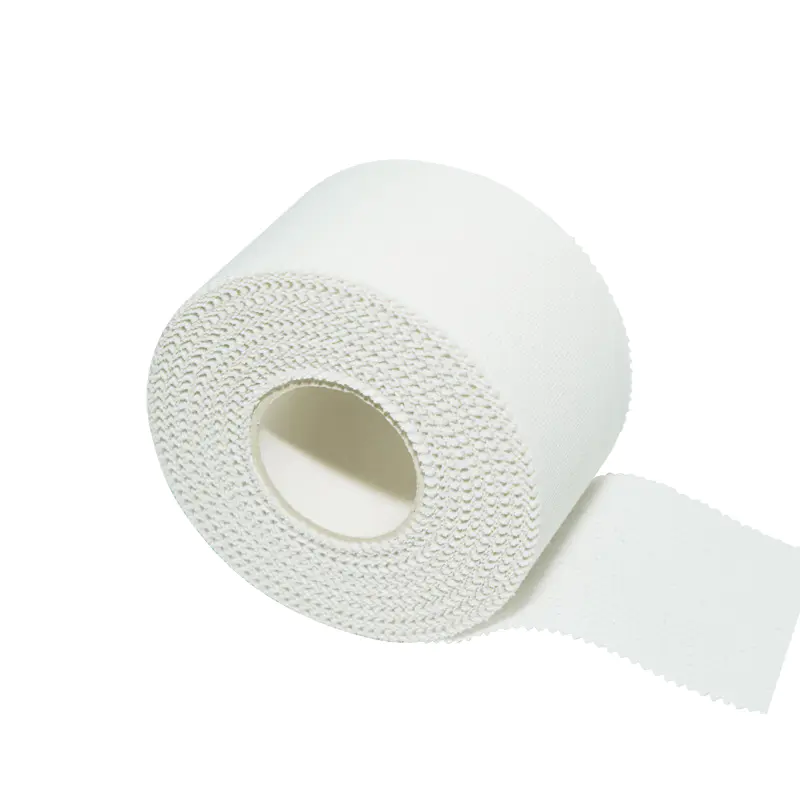Kinesiology tape, once a niche product known mainly among elite athletes, has rapidly gained popularity across the health and fitness world. Its distinctive colorful strips have become a familiar sight on shoulders, knees, and backs, from Olympic arenas to local gyms. But kinesiology tape is more than just a visual trend—it’s a valuable tool for pain relief, injury prevention, and recovery.
Developed in the 1970s by Japanese chiropractor Dr. Kenzo Kase, kinesiology tape is a stretchy, breathable fabric with an acrylic adhesive that mimics the elasticity of human skin. Unlike traditional athletic tape that restricts movement, kinesiology tape supports muscles and joints while allowing for a full range of motion. This unique property makes it especially useful in both sports performance and physical therapy.
Key Benefits of Kinesiology Tape
1. Pain Reduction:
One of the most immediate benefits of kinesiology tape is pain relief. When applied correctly, it lifts the skin slightly, creating space between the skin and underlying tissues. This decompression can reduce pressure on pain receptors and improve circulation, helping to ease discomfort from injuries or chronic conditions.

2. Swelling and Inflammation Control:
Kinesiology tape is often used to reduce swelling and edema after injuries. By encouraging better lymphatic drainage, the tape helps the body remove excess fluids more efficiently.
3. Muscle Support and Injury Prevention:
For athletes, kinesiology tape provides support without limiting motion. This helps in stabilizing overused or strained muscles and joints during high-impact activities. It can also aid in preventing injuries by enhancing proprioception—your body’s ability to sense movement and position.
4. Posture Correction:
Many physical therapists use kinesiology tape to help correct poor posture. When strategically placed, the tape provides gentle feedback, reminding wearers to maintain proper alignment throughout the day.
Common Applications
Kinesiology tape can be applied to virtually any part of the body, depending on the issue being addressed. Some common applications include:
Shoulders for rotator cuff injuries
Knees for patellar tracking problems
Lower back for support and posture
Ankles and feet for plantar fasciitis or Achilles tendonitis
The versatility of kinesiology tape makes it an appealing option for people of all fitness levels and ages—from professional athletes to office workers and seniors.







